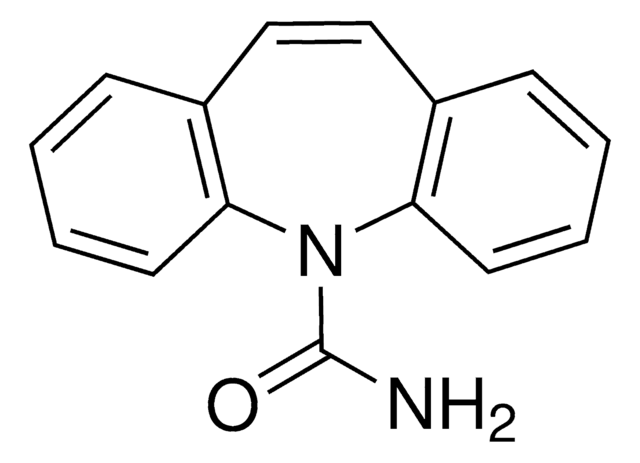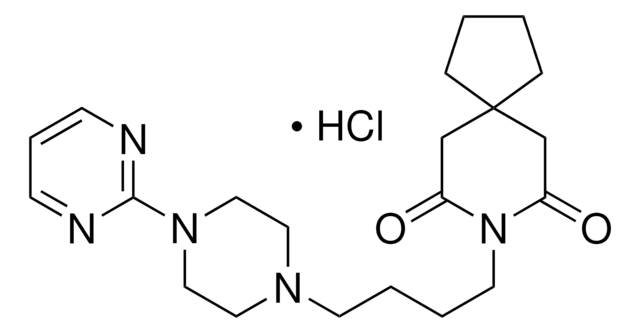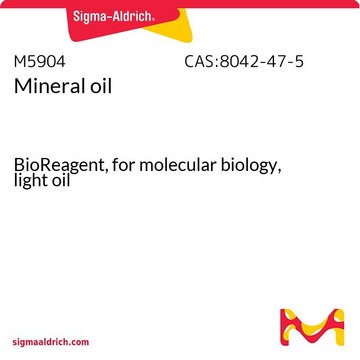Z2625
Zomepirac sodium salt
Synonym(s):
5-(p-Chlorobenzoyl)-1,4-dimethylpyrrole-2-acetic acid sodium-potassium salt
About This Item
Recommended Products
Quality Level
SMILES string
Cc1cc(CC(=O)O[Na])n(C)c1C(=O)c2ccc(Cl)cc2
InChI
1S/C15H14ClNO3.Na/c1-9-7-12(8-13(18)19)17(2)14(9)15(20)10-3-5-11(16)6-4-10;/h3-7H,8H2,1-2H3,(H,18,19);/q;+1/p-1
InChI key
SEEXPXUCHVGZGU-UHFFFAOYSA-M
Application
Signal Word
Danger
Hazard Statements
Precautionary Statements
Hazard Classifications
Acute Tox. 2 Oral - Acute Tox. 3 Dermal - Acute Tox. 3 Inhalation
Storage Class Code
6.1A - Combustible acute toxic Cat. 1 and 2 / very toxic hazardous materials
WGK
WGK 3
Flash Point(F)
Not applicable
Flash Point(C)
Not applicable
Personal Protective Equipment
Choose from one of the most recent versions:
Certificates of Analysis (COA)
Don't see the Right Version?
If you require a particular version, you can look up a specific certificate by the Lot or Batch number.
Already Own This Product?
Find documentation for the products that you have recently purchased in the Document Library.
Articles
Drug Transport
Our team of scientists has experience in all areas of research including Life Science, Material Science, Chemical Synthesis, Chromatography, Analytical and many others.
Contact Technical Service









